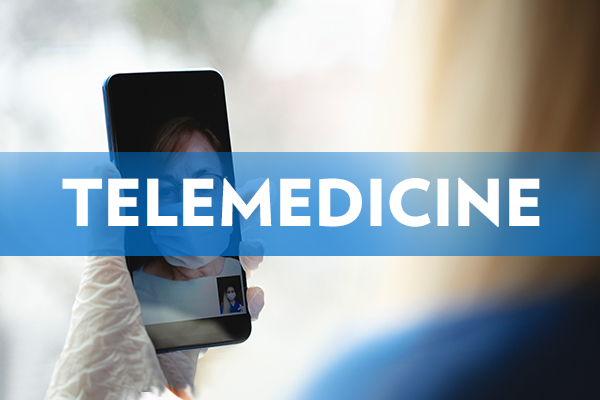Commentary

2020: The year of challenges, can be the year of solutions
This year started rough and it isn’t slowing down. From fires in Australia, the untimely death of Kobe Bryant, the COVID-19 global pandemic, and most recently the protests that spread across the U.S. after the police killing of George Floyd, every month appears to bring a new challenge. While some of these tragedies don’t have a policy solution, many do.
One such example is COVID-19, telehealth, and ensuring that our healthcare sector has every tool at their disposal.
The idea of telehealth isn’t new, but its virtual nature means it is uniquely positioned to help slow the spread of contagious diseases, and state policy can facilitate the adoption.
According to a 2019 survey by American Well, only 22% of physicians said that they had previously performed a video patient visit. Physicians as a whole are open to the technology with only 11% saying that they were not willing to perform a video visit.
Telehealth has many advantages, one of which is it’s positioning to address inadequate access to care. The Center for Disease Control states that rural residents are more likely to prematurely die from the 5 leading causes of death than residents in more urban areas. This should matter to Pennsylvania lawmakers, because according to the most recent complete census—2010—over 1 in 4 Pennsylvanians live in areas considered rural.
Apart of improved access to care, telemedicine also offers potential cost savings, especially for rural residents. A Vermont Veterans Association experienced savings from reduced travel reimbursements of almost $19,000 a year after offering telehealth options. Money saved by reduced time and travel demands adds up. A 2017 study found that patients experienced an average time, travel, and cost savings of $156 per consultation.
These benefits are not only limited to rural Pennsylvanians. Rep. Jordan Harris—co-sponsor of the telemedicine House Bill 15—recently described how telemedicine can offer convenience and savings to all Pennsylvanians by reducing the need to take time off work, which would be especially impactful for working parents.
Like any advancement, telemedicine requires an investment; however, while there is an upfront cost, a 2017 study found that hospitals were able to recoup their costs from ICU-telemedicine in under 3 months. The investment also resulted in increased patient outcomes, and an average of $10,000 of avoided payer costs for those in critical care.
While physician willingness, improved outcomes, and costs savings are present, barriers to adoption remain. The chief of which involves the lack of clarity on whether healthcare providers will be reimbursed for these services. Passing legislation that ensures reimbursement for telemedicine services will improve healthcare access and affordability for Pennsylvanians, and not only during global pandemics.
Many of the challenges that 2020 brought don’t have policy solutions. However, lawmakers need to take of advantage of the opportunities they do have to improve the lives of their constituents both this year and beyond. Telemedicine is one such opportunity.